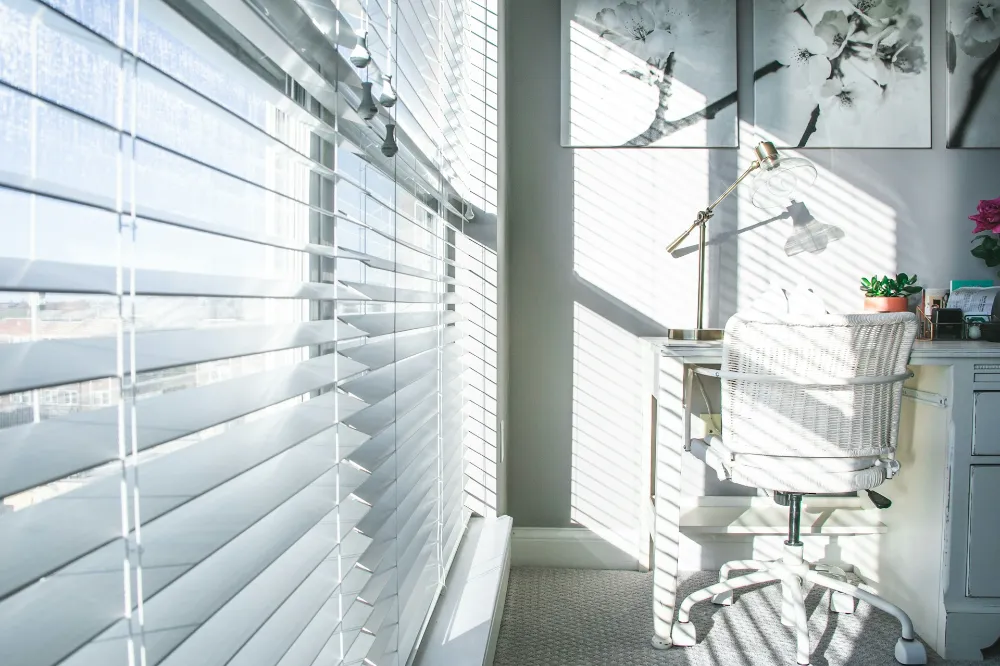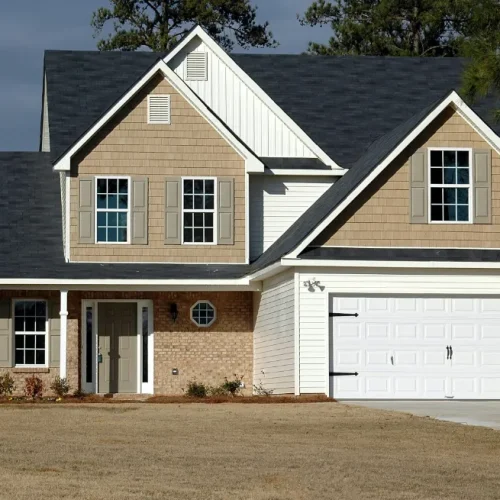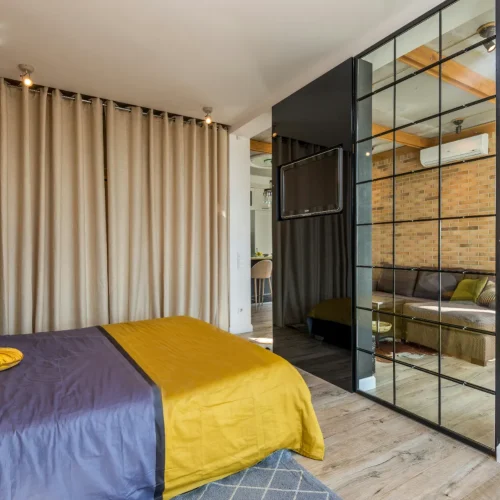
A DIY project to upgrade window treatments can transform the feel of a room. The right blinds balance light control, privacy, and aesthetic appeal. So, careful selection ensures a polished result that matches the overall design of the space.
Quality blinds from reputed sellers like half price blinds can enhance comfort while adding a touch of style. Thoughtful planning helps avoid mismatched colours or ill-fitting pieces. So, understanding key factors simplifies the process and leads to satisfying results.
Consider the Purpose of Each Room
The function of a room should guide blind selection. Bedrooms benefit from blackout blinds that block light and create a restful space. Kitchens require moisture-resistant materials that can handle heat and humidity. Living areas may need options that let in natural light without sacrificing privacy. Matching blind type to the room’s purpose ensures comfort and practicality, as each space deserves careful attention to light and usage patterns for the best results.
Explore Material Options
Materials affect durability and maintenance. Wooden blinds add warmth and suit formal spaces, while faux wood works well in areas prone to moisture. Aluminium or PVC blinds are lightweight and easy to clean, which makes them ideal for kitchens or offices. Fabric blinds bring softness and a wide variety of colours and patterns. Selecting the right material creates the perfect balance between appearance and function.
Measure Windows Accurately
Precision is crucial when ordering blinds for a DIY project. Small errors can lead to ill-fitting blinds that look awkward or fail to work properly. Hence:
- Measure both the width and height of the window carefully.
- Take measurements at multiple points to account for variations in wall or frame alignment.
- Decide if the blinds will sit inside the frame or outside for a different visual effect.
Accurate measurements save time and avoid costly replacements. A well-fitted blind always elevates the look of a room.
Evaluate Light Control and Privacy
Each type of blind offers different levels of light management. Venetian blinds allow fine-tuned control by adjusting slats. Roller blinds from renowned sellers like half price blinds can block out light completely when lowered.
- For home offices, choose blinds that prevent glare while keeping the space bright.
- For bathrooms, select materials that protect privacy while letting in natural light.
Considering light needs helps create a functional and comfortable environment in every space.
Match Style with Décor
Blinds should complement the interior design, not clash with it. Neutral colours create a timeless look and blend with most styles. Bold patterns or bright shades can become statement pieces in minimalist settings.
Texture also plays an important role. Smooth finishes work well in modern rooms, while textured or woven designs add depth to rustic or traditional spaces. Coordinating blinds with other elements like furniture or rugs ties the room together seamlessly.
Prioritise Ease of Operation
Blinds must be convenient to open, close, and adjust. Cordless options enhance safety in homes with children or pets. Motorised systems bring an extra level of convenience, especially for hard-to-reach windows.
Durability of the lifting mechanism matters as well. Choosing quality hardware ensures smooth operation and prevents early wear. This attention to function makes daily use effortless and reliable.
So, selecting the right blinds for a DIY project combines function, style, and precision. Careful consideration of materials, measurements, and light control creates a balanced design. The right choice elevates the entire space and delivers lasting satisfaction.













